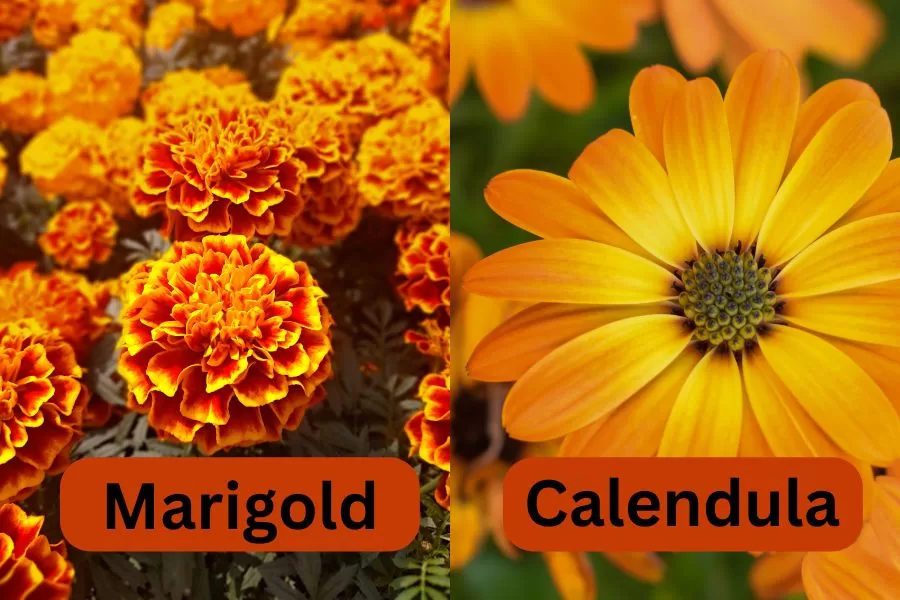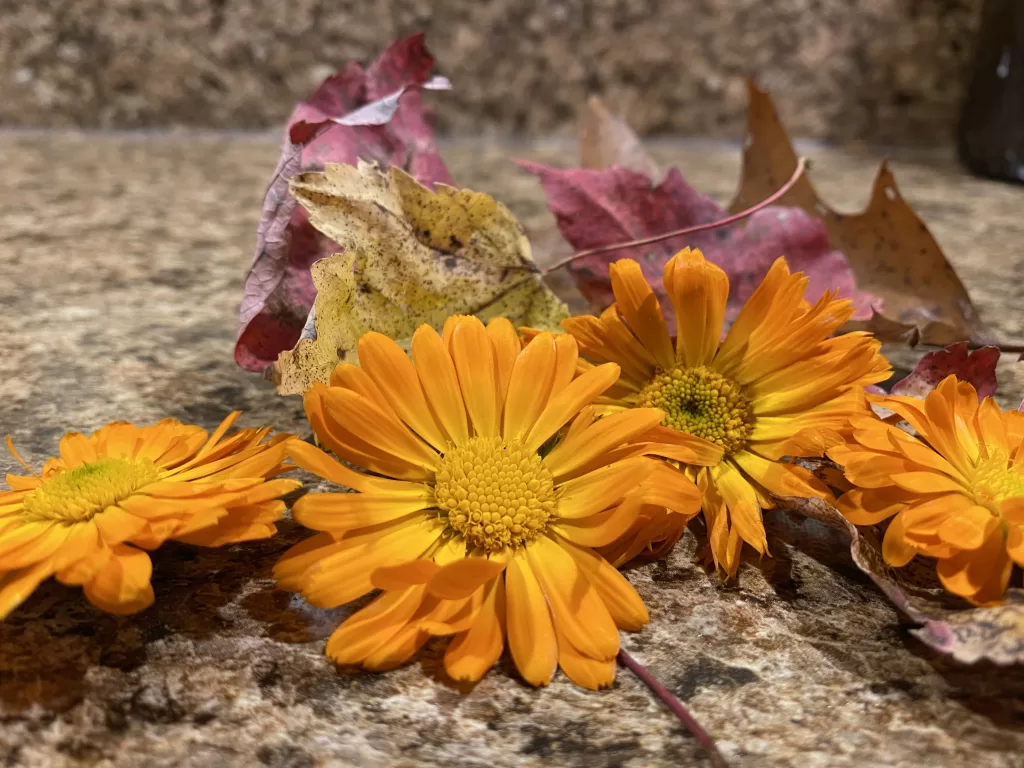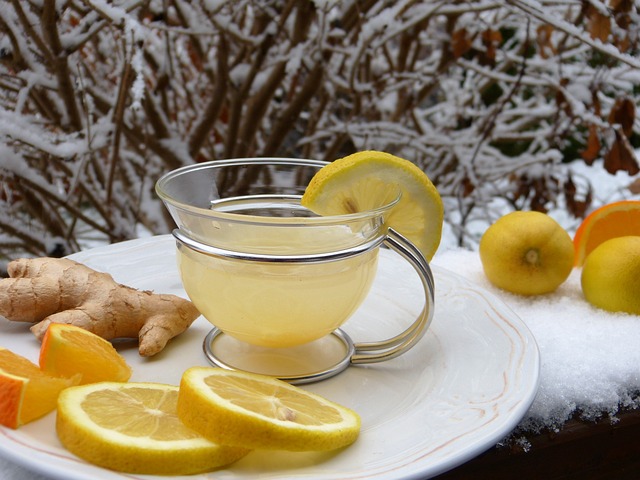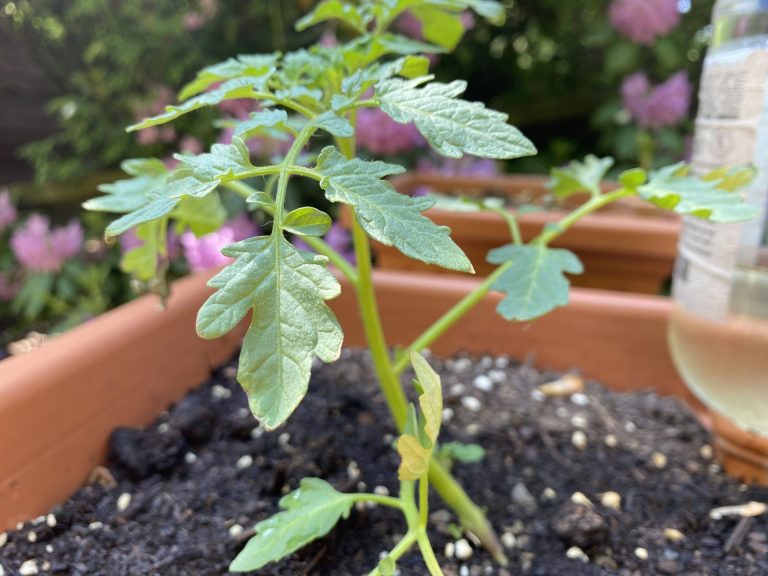Herb of the Month: Calendula
This post may contain affiliate links. View our disclosure policy here.
Calendula (Calendula officinanlis) is the April Herb of the Month! With planting season upon us, I want to be sure to plant lots of Calendula in my yard and decided this would be the perfect herb for this month’s focus. Keep reading to find out why this beautiful flowering herb is called “Pot Marigold”, why it’s marvelous for the lymphatic system and other medicinal benefits, and a few simple recipes!
Introduction
Even though I didn’t know much about Calendula (Calendula officinalis) until I started my herbal coursework back in the spring of 2020, it’s been worked with historically since the twelfth century in Europe and even earlier in Egypt.
In my classes, I learned how important this herb is to gut health and the lymphatic system. I found the most beautiful dried Calendula at Foster Farm Botanicals. It’s so BEAUTIFUL! And I add it to my herbal teas quite frequently. I’ve grown it myself over the last two years. It grows fairly easily though it didn’t seem to do as well for me last year as it did the first year. This year I plan to plant a LOT more seeds! It’s so beautiful and, once blooming, can be harvested daily. It’s so wonderful going out to the garden after the dew has dried and pluck the pretty blossoms! I have made both teas and a tincture with it. Maybe this year I’ll try soap!
Herb of the Month: Calendula – The Basics
Family: Asteraceae
Latin Name: Calendula officinalis
Medicinal parts: flowers
Energetics: warm, dry, tonifying
Actions: alterative, antimicrobial, diaphoretic, draining, lymphatic, vulnerary
Are Marigolds and Calendula the Same Thing?
Calendula (calendula officinalis) is also known as pot marigold but it is not the same thing as Marigold (Tagetes spp.). They are both from the Asteraceae family but Calendula’s vibrant flower petals are long and straight, similar to a daisy. The flowers are edible with medicinal benefits. In contrast, marigold petals are shorter, more rectangular shaped with rounded corners and have a pungent smell. They are are often kept around garden borders as a pest repellant.

Read more about Marigold and Calendula and Garden Know How
The Benefits of Calendula
Gut Health
Calendula is effective in soothing irritation and inflammation in the gastrointestinal tract and can be effective when worked with to assist in repair of digestive and liver function. Taken as a tea or tincture, calendula an be healing to leaky gut or other irritations and abrasions in the digestive system.
Nutritive
While it shouldn’t be your only source of vitamin A, those orange colors remind you of its content much like your orange vegetables!
Lymphatic System
Calendula does an excellent job in helping release lymphatic congestion. For this purpose, you may drink calendula tea (mixed with other lymphatic moving herbs is even better)throughout the day to release lymphatic congestion whenever you notice symptoms of a seasonal type infection or swollen lymph glands.
First Aid for Wounds
Calendula is astounding in helping to heal all sorts of wounds- outside AND inside See gut health above) the body! Topical applications with a simple wash (make a tea and use a clean cloth to wipe the area), salves, bath, or balms can be applied to cuts, scrapes, stings, rashes (even eczema), and bruises. Even acne can be helped with a calendula wash.
Conjunctivitis
Calendula can be used as an eye wash to relieve the symptoms of conjunctivitis (pink eye) or other causes of eye irritation.
Athlete’s Foot
Foot soaks containing calendula and other fungal fighting herbs (cinnamon bark, garlic, thyme, plantain, chaparral, thyme, and others) can be beneficial.
Fever
Calendula’s diaphoretic action can help to break up a fever.
Menstruation
Drinking 2-3 cups of calendula tea a day prior to mensuration can not only help regulate menstruation but can assist in preventing cramps.
Harvesting Calendula
Honestly these are so easy to harvest! They can be harvested daily from early summer through early fall.

So every morning, once the plants start blooming, I go out to the yard and garden (I plant them in pots here and there because they just add so much bright beauty to the yard ) and I pluck the blossoms that are wide open (only when completely dry) and I just pop them into a strainer like this one to allow the air to get to them. I just sit them there for a week or two until they are completely dry and a little brittle so I know they won’t mold. Sometimes I just set them on my kitchen windowsill (not in full sun) and they dry well there too. I store them in mason jars with the lids tight for making tea all year long.
Simple Recipes
Simply Calendula Tea
2-3 tsp fresh or dried calendula flowers
8-10 oz. hot water
Pour hot water over the flowers/petals. Steep for a minimum of ten minutes. This tea may be used for drinking, add to bath water, or as a wash for wounds.
Calendula Sage Tea
I was just experimenting one day and came up with this combination and it’s really one of my favorites now.
- 2 tsp calendula
- 1-2 tsp sage
- 1/2 tsp ginger ( I use dried ginger I get from an herbal source or fresh ginger)
- 8-10 oz. water
Pour hot water over the herbs and steep for a minimum of ten minutes. Sweeten with a spoonful of local honey. I love using my basil infused honey best!
Move Your Lymph Tea
2-3 teaspoons Calendula
2-4 teaspoons of other lymphatic moving herbs such as :
- Red Clover
- Cleavers
- Burdock Root
- Goldenseal
- Pokeroot (use sparingly)
Pour 10-12 oz of hot water over the herbs and steep for a minimum of ten minutes. It is recommended to drink a cup several times a day for heavy lymph congestion.
Tincture
Last summer I made a nice tincture of calendula. It was so supremely easy! I had the jar of vodka on the counter. Each day I went out and picked my blossoms, I came into the house, checked the flowers for bugs, and simply dropped them (the flowers of course, NO bugs!) into the jar. I did this until the jar was full, always adding enough vodka to keep the flowers covered. I kept the jar in the darkest corner of the kitchen with no direct sunlight and sometimes covered it with a tea towel. When the jar was full I kept it in the cupboard for a few weeks, shaking the jar once a day. Then I simply drained the tincture into another dark amber bottle and store it in the supplement closet! The flowers went into the compost!
Cautions
Calendula(Calendula officinalis) is one of the safest known herbs. The only caution I offer is if you are allergic to any plants in the Asteraceae (daisy) family.
Are You In Need of Some Tea Supplies? Check out some of my favorites!
Calendula Tea If you would like to make some calendula tea right away and don’t have access to fresh or dried flowers, there is a company I like that makes nice tea bags. I always keep these on hand for traveling purposes!
Sage Tea The same company (Buddha Teas) make sage tea bags too! When I use the tea bags, I just use one bag of each (calendula and sage) for one 8-10 oz cup of tea.
Stainless Steel Tea Infuser These are my favorite types of infusers right now as they just sit on the edge of the cup or mason jar and you can fill it quite full and it’s so easy to take out and drain the infuser! I think it works much better with less mess than those little mesh balls that always seem to let the herbs fall into my tea!
Electric Tea Pot I just love my gooseneck electric tea pot. It heats up the water super quick and can be set to different temperatures.
Herbal Medicine For Beginners Even after all the herbal medicine books I have, the first one I bought is still my favorite.
In Summary
I just love calendula. I usually add one dried flower to my teas daily. When I feel my lymph are showing signs of congestion, I add much more or drink my calendula sage tea (see recipe above). As you can see, the medicinal benefits are numerous. I hope you will try calendula soon! Let those little flowers add sunshine to your day!







